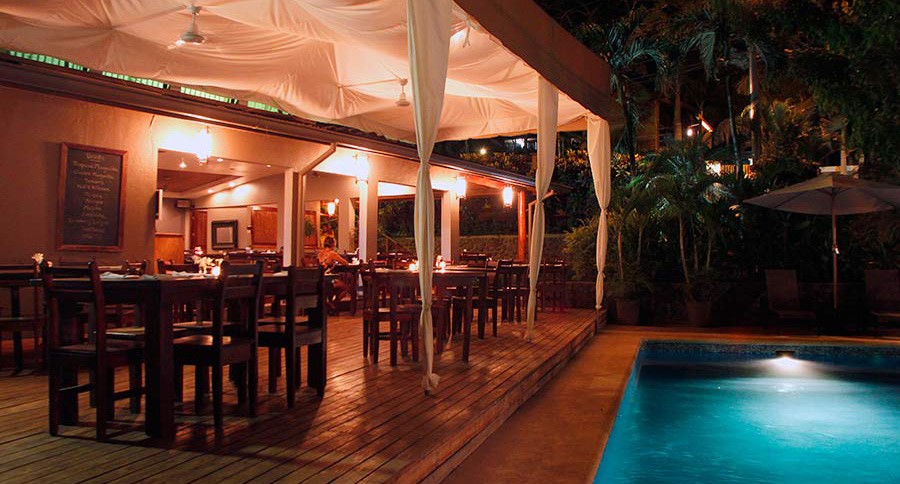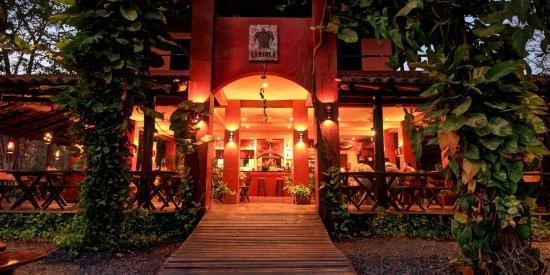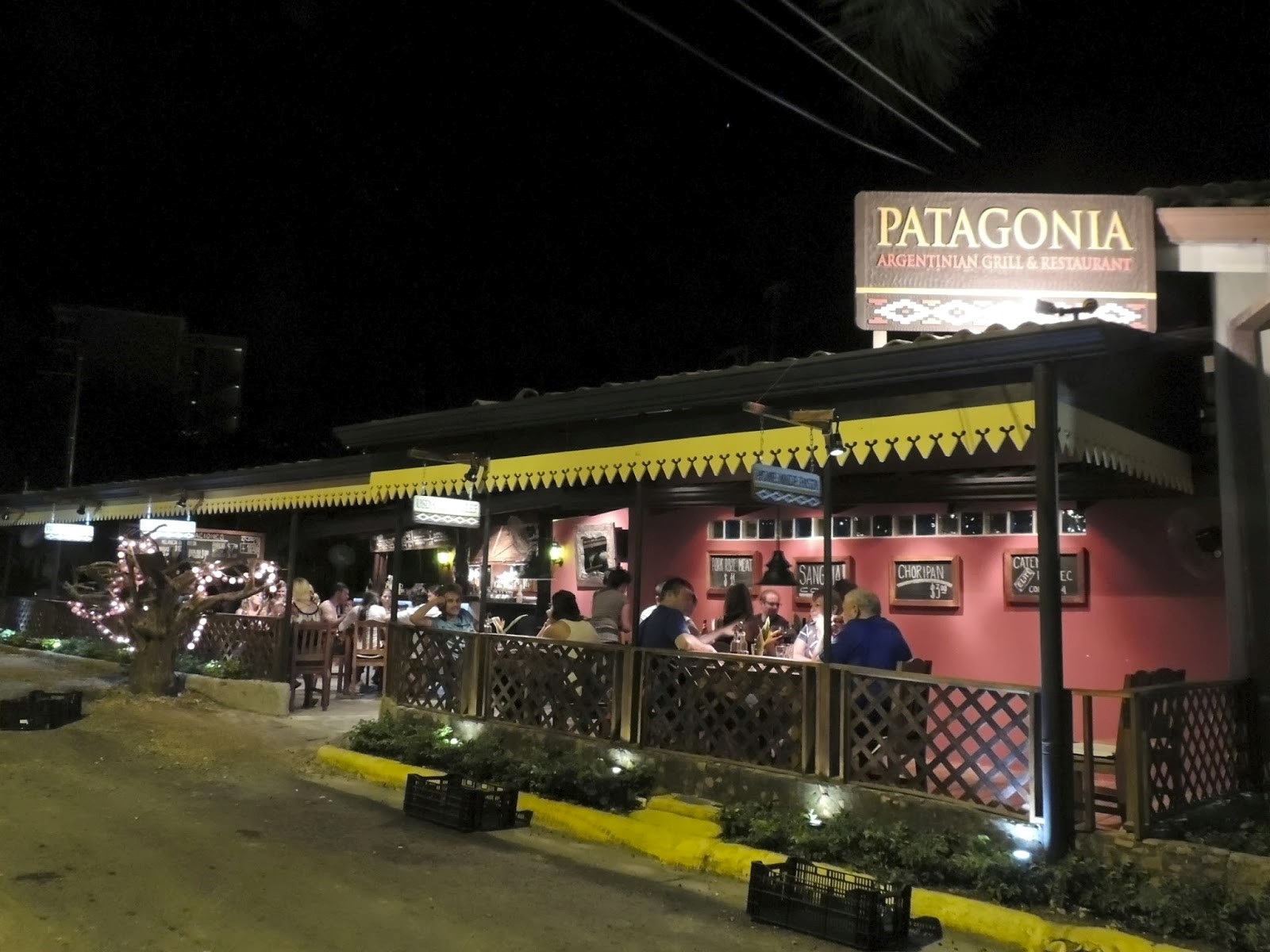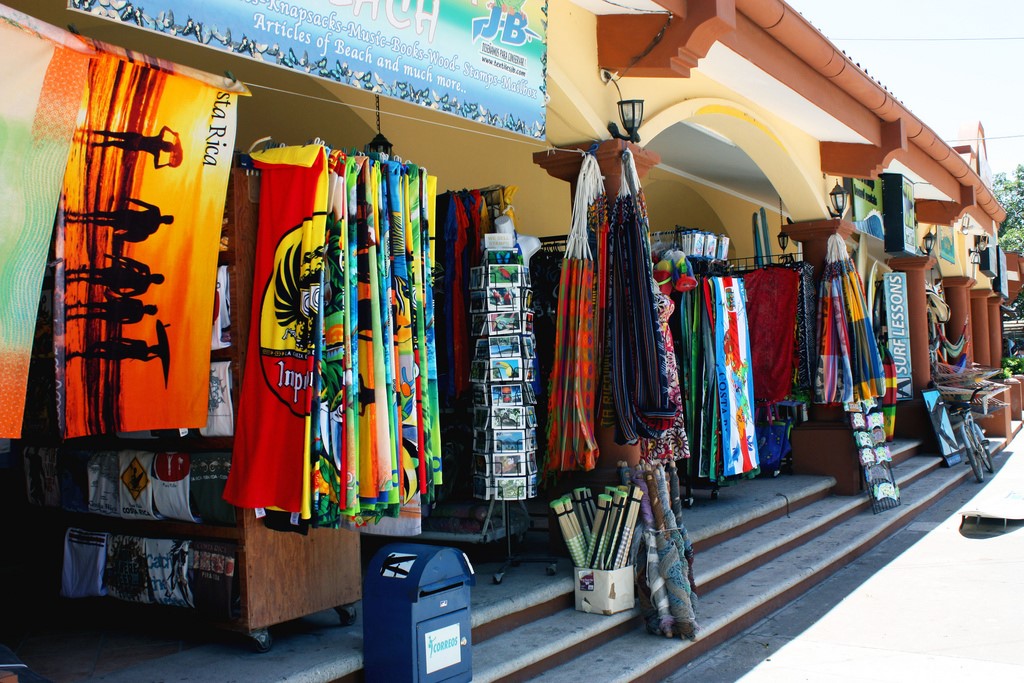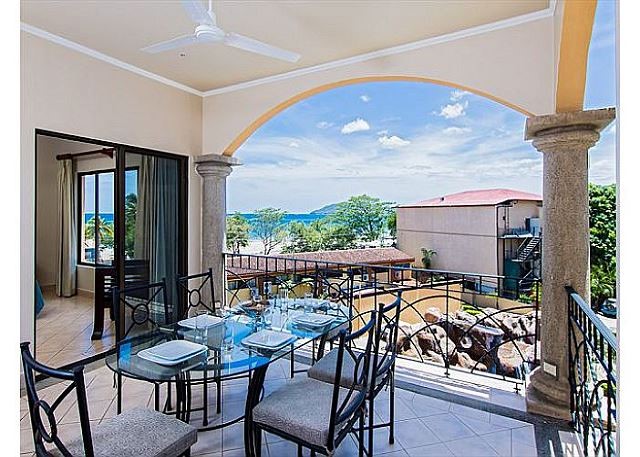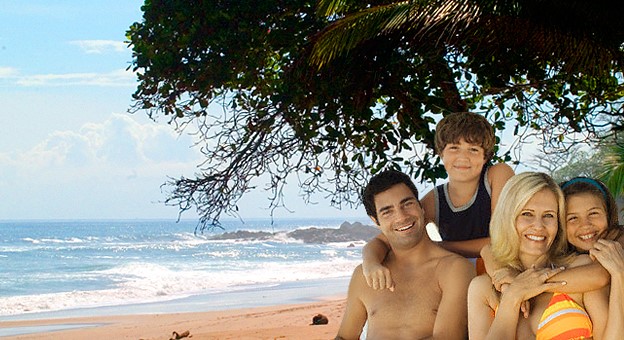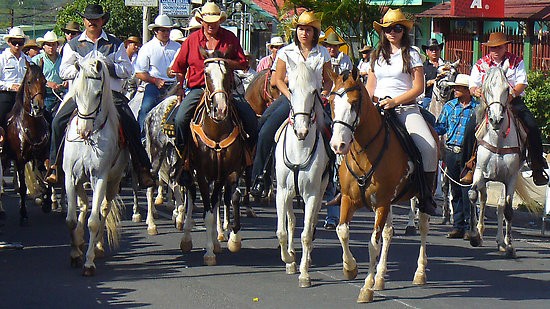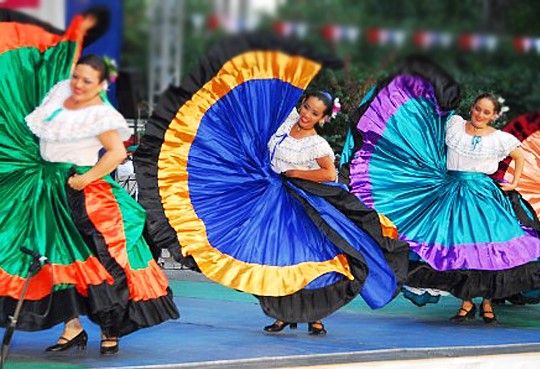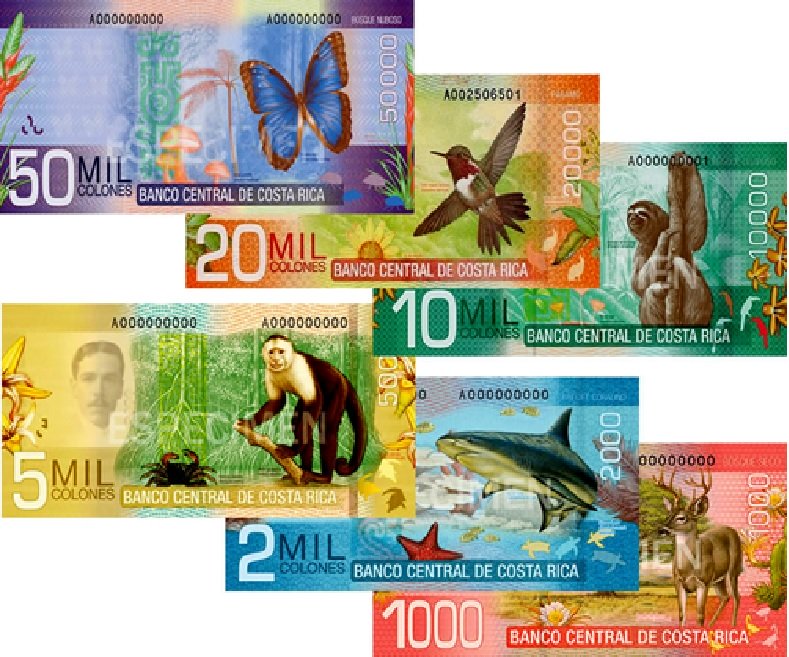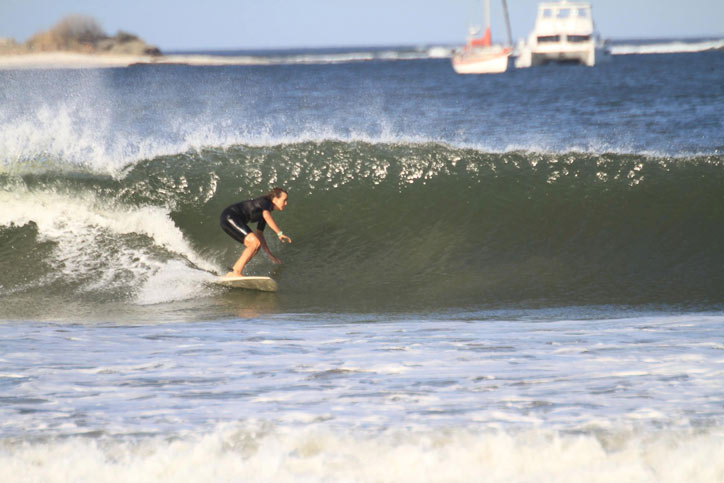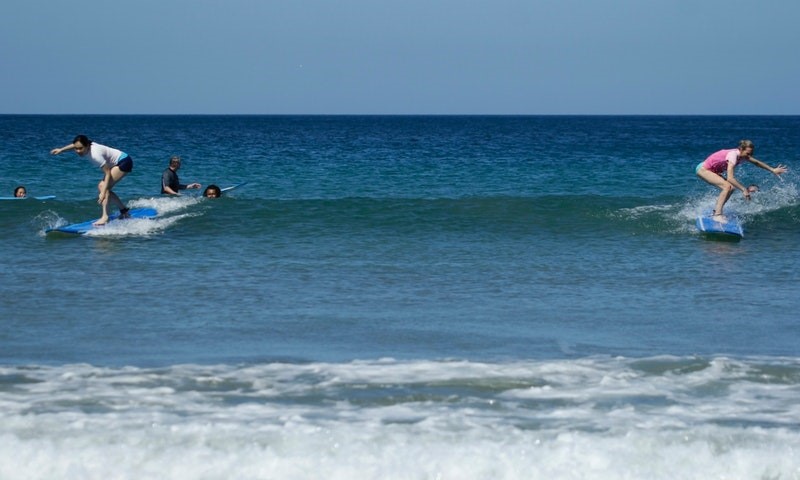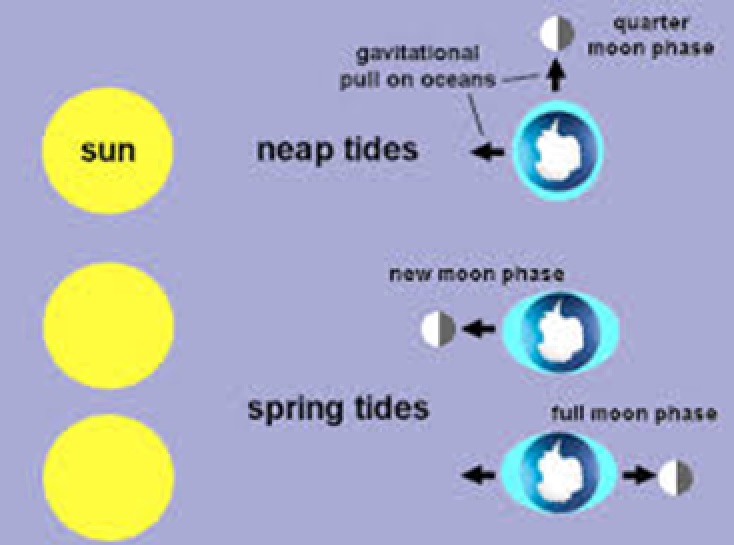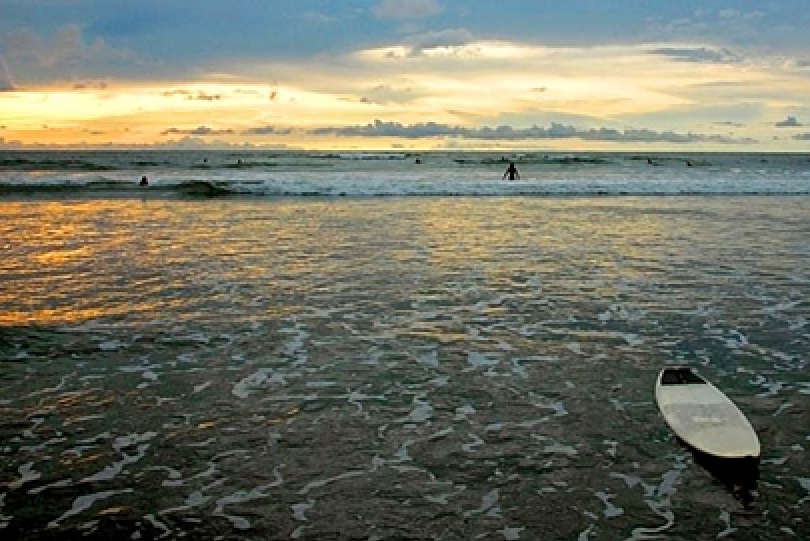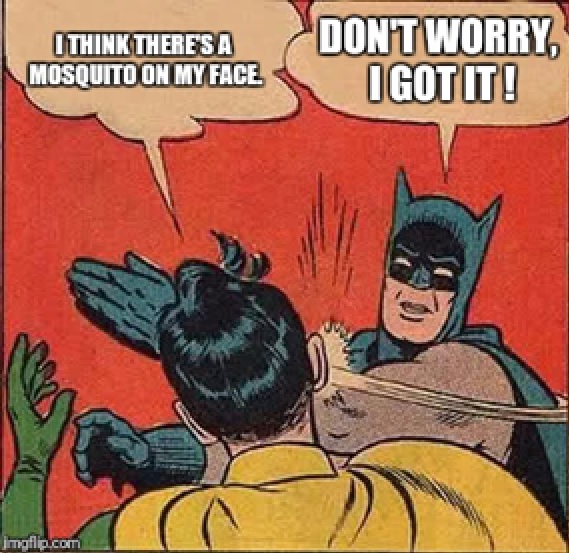This month we’re featuring one of our favorite family-friendly vacation rental properties. Villa Pacifica, located in the Los Lagos community of Hacienda Pinilla is the perfect spot to base your family vacation in Costa Rica.

This luxury vacation rental condominium offers 3 bedrooms, 3.5 baths, and can accommodate up to 10 guests. The home includes a fully-equipped gourmet kitchen and two separate living areas. A first floor living room adjoining the kitchen and dining area is complimented by a second floor tv lounge with additional couches and a flat screen tv. The kids want to watch a movie and you need to get a few things done on-line? No problem. This tropical villa has the space you need to get relaxing done your way.

Beautiful and spacious terraces span both levels of the home, providing the outdoor living area that you dream of in a tropical vacation rental. Enjoy your morning coffee on the terrace by the kitchen, listening to the birds that live in Hacienda Pinilla, and watching for monkeys to swing through the trees. The upper balcony that runs along the tv lounge and master bedroom is the perfect place for a late-afternoon cocktail while you wait for the sun to sink into the Pacific Ocean.

Another thing that makes Villa Pacifica perfect for family vacations is that there are so many fun things to do in Hacienda Pinilla. Is your family an active family? Then Villa Pacifica is the place for you! For one, you can easily walk to Mansita beach from Villa Pacifica, and there the real fun begins. Hacienda Pinilla is bordered by 3 miles of pristine coastline where you can wander the beach to your heart’s content, surf, sunbathe, and snorkel in the tidepools. And that’s just the first thing on the activity list.
Almost endless miles of hiking and mountain biking trails weave through Hacienda Pinilla’s 4,500 acres, from wooded mountain tops to the sandy beach and back again. This is the perfect place to take in Costa Rica’s Guanacaste province in its natural form. The Hacienda’s 18 hole golf course is Costa Rica’s finest and most beautiful course, and is a fantastic place to see deer, monkeys, birds of all kinds, and even the occasional shy wild cat or friendly coati.

As if that wasn’t enough fun for an entire family, Hacienda Pinilla offers a tennis center, an equestrian center that leads guided horseback rides, and an amazing beach club that sets in front of a breathtaking surf break. The beach club has a fitness center, a spa, an unforgettable bar and restaurant, and a children’s’ play area. Are you convinced yet?
In case you need one more reason to reserve Villa Pacifica today for your family vacation, we can add that the Los Lagos community where Villa Pacifica is located adjoins the JW Marriot Resort. At the Marriot, you will find a variety of restaurants, a gym, and a spa.
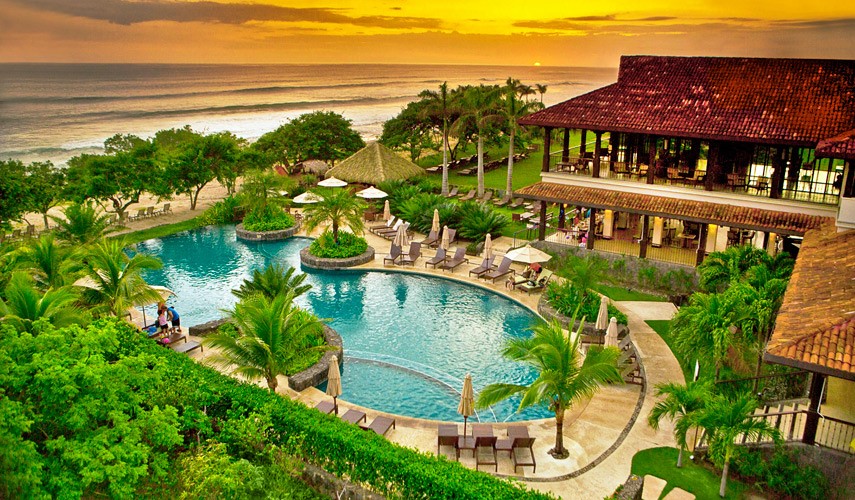
At Villa Pacifica, you are located only 15 minutes down the road from Playa Tamarindo and all of the fun that our bustling little beach town provides. Our tour concierge can help you set up your family’s ideal vacation itinerary. Would your kids like the excitement of a zip-line? How about surf lessons for everybody? We can pick you up at Villa Pacifica and take you for a fun day trip some place really special like Rincon del la Vieja National Park, or a jungle boat safari in Palo Verde.
Villa Pacifica has the advantage of a quiet, restful location where you can separate yourselves from the busyness of Tamarindo hotels and have quality family time, but still have 100% of the options for fun.

Contact us today and let’s get your reservation on the books while there’s still time!


